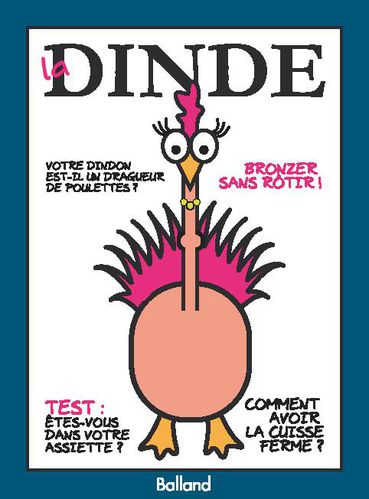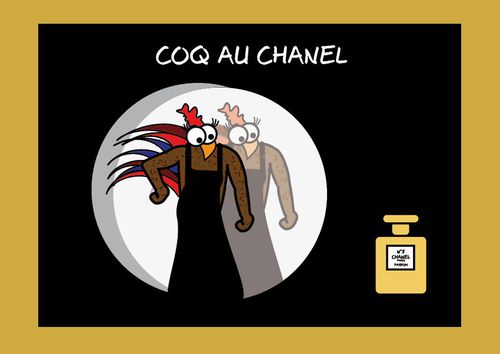Here is a great resource to use as you and your group move through the 'stations' in class on Thursday:
http://quizlet.com/1243684/les-animaux-flash-cards/
There are flashcards to practice with and if you scroll down, there is a complete list of the 32 animals (in French and English) that we will focus on the most.
For those of you who remember these well from last year, feel free to challenge yourself by including these additional animals in your station activities:
- le serpent: the snake
- le requin: the shark
- le pingouin: the penguin
- la baleine: the whale
- la colombe: the dove
- la souris: the mouse
- le kangourou: the kangaroo
- le chameau: the camel
The Stations:
1.
L'objectif:
sculpter (The goal: to sculpt)
Take turns sculpting an animal! While one person sculpts, the others guess in French what animal they are creating. Once someone guesses correctly, the sculptor passes the play dough on to a new artist!
2.
L'objectif:
écrire (The goal: to write)
As a group, come up with 3-4 sentences in French. Pretend that you are an animal, and tell us your name, what animal you are, and your age. The fourth sentence can be a response to an interview question, or anything you like! When you have all reviewed the mini-story, please write your names on it, fold the paper up and submit it into my cardboard story box!
Example: Je m'appelle Marie. Je suis un oiseau. J'ai 3 ans. J'aime le bleu. (My name is Marie. I am a bird. I am 3 years old. I love blue.)
3.
L'objectif:
dessiner (The goal: to draw)
This is like Pictionary: take turns drawing animals. Those who are waiting for their turn to draw, guess what animal is being drawn. Try to guess before the picture is complete! For added challenge, tell the artist what color the animal is. (Example: "C'est une vache jaune!"/"It's a yellow cow!")
4.
L'objectif:
parler (The goal: to speak)
Here, split into pairs (or a group of three if necessary) and practice asking and answering your interview questions.
5.
L’objectif:
jouer des charades (The goal: to play charades)
This is just like it sounds! Pick animals at random, and take turns acting them out. Feel free to act at your comfort level - some students will prefer small gestures, some may move around the desks and make sounds. Either way is great, as long as guessing is in French!
6. L'objectif: utiliser l'ordinateur (Use the computer)
Look up any animals you want to learn that are not on the list (be sure to write them down!), practice animals using the Delicious page (tag: animals). I find links 3 (AudioFrench) and 7 (Les Animaux Flashcards) really helpful. Link 2 (Hear how animals sound around the world) is really fun, but please either use headphones for this, or keep the volume low enough to not distract your peers.
Can't wait to try this all out!
Miss G



